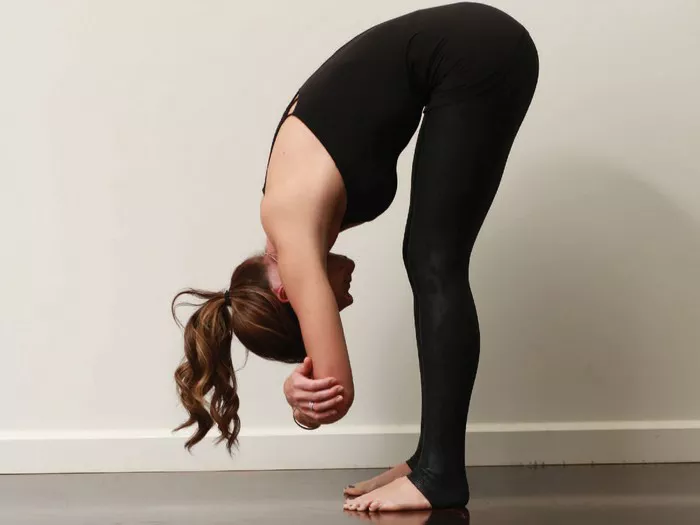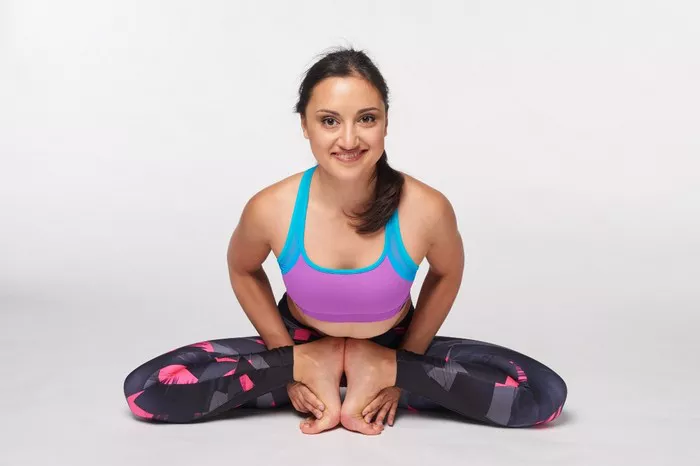Yoga, an ancient practice originating from India, has gained immense popularity worldwide for its numerous physical and mental benefits. From increased flexibility and strength to stress reduction and improved mental clarity, yoga offers a holistic approach to well-being. However, for many beginners, the experience of starting yoga can be accompanied by discomfort or even pain. This raises the question: Does yoga hurt at first?
Understanding Discomfort
First and foremost, it’s crucial to distinguish between discomfort and pain in the context of yoga practice. Discomfort, often felt as a stretching sensation or mild muscle soreness, is common, especially for beginners who are not accustomed to certain movements or poses. On the other hand, pain is a signal from the body that something is wrong, such as a sharp or shooting sensation that exceeds the typical discomfort associated with stretching.
In yoga, discomfort can arise from various factors:
1. Muscle Stretching: Many yoga poses involve stretching muscles beyond their usual range of motion. This stretching can cause discomfort, particularly if the muscles are tight or inflexible. Over time, with consistent practice, muscles lengthen and become more flexible, reducing discomfort.
2. Engagement of Unused Muscles: Yoga targets muscles that may not be commonly used in other activities or exercises. As a result, beginners may experience discomfort as these muscles are awakened and strengthened. This discomfort typically diminishes as the muscles adapt to the practice.
3. Alignment Issues: Proper alignment is essential in yoga to avoid strain and injury. Beginners may experience discomfort if they are not aligning their bodies correctly in poses. Working with a qualified yoga instructor who can provide guidance on alignment can help alleviate this discomfort.
4. Breathing Awareness: Yoga places a strong emphasis on breath awareness and controlled breathing techniques. For beginners, coordinating breath with movement can be challenging and may contribute to feelings of discomfort. With practice and mindful attention to breath, this discomfort tends to diminish.
5. Release of Tension: Yoga often incorporates poses and movements designed to release tension stored in the body, particularly in areas like the hips, shoulders, and neck. As tension is released, it can manifest as discomfort initially before giving way to a sense of relief and relaxation.
Managing Discomfort in Yoga Practice
While some discomfort may be expected, it’s essential to approach yoga practice mindfully and take steps to manage and minimize any discomfort experienced:
1. Listen to Your Body: Pay close attention to the signals your body is sending during practice. If you experience sharp or intense pain, ease out of the pose and modify it as needed. Pushing through pain can lead to injury.
2. Modify Poses: Don’t hesitate to modify poses to suit your body’s current capabilities. This may involve using props such as blocks, straps, or bolsters to support your body in certain poses or adjusting the depth of the stretch to a more comfortable level.
3. Communicate with Your Instructor: If you’re attending a yoga class, communicate any discomfort or concerns you have with your instructor. They can offer modifications, adjustments, or alternative poses to help alleviate discomfort and ensure a safe practice.
4. Warm-Up Properly: Before diving into more intense yoga poses, take the time to properly warm up your body. Gentle movements, stretching, and breathwork can prepare your muscles and joints for the demands of the practice, reducing the likelihood of discomfort.
5. Be Patient and Persistent: Rome wasn’t built in a day, and neither is flexibility or strength in yoga. Be patient with yourself and understand that discomfort may be part of the journey, especially in the beginning. With consistent practice, discomfort tends to diminish as the body becomes more accustomed to the demands of yoga.
Conclusion
In conclusion, while discomfort may be a common experience for beginners in yoga practice, it’s important to differentiate between discomfort and pain and to approach practice mindfully. Understanding the various factors that can contribute to discomfort, such as muscle stretching, alignment issues, and breath awareness, can help practitioners navigate their yoga journey more effectively.
By listening to the body, modifying poses as needed, communicating with instructors, warming up properly, and maintaining patience and persistence, practitioners can manage and minimize discomfort while reaping the numerous benefits that yoga has to offer. With time and dedication, yoga can become not only a source of physical strength and flexibility but also a pathway to greater mindfulness, inner peace, and well-being.
FAQs:
Is it normal to be sore after yoga?
Yes, it’s normal to experience soreness after yoga, especially if you’re new to it or have pushed yourself in a challenging session. This soreness is often due to muscles being stretched and worked in ways they’re not used to.
Why is yoga so hard at first?
Yoga can be challenging initially because it requires you to engage muscles you may not typically use and demands balance, flexibility, and strength. Additionally, learning proper alignment and breathing techniques adds to the complexity.
How long does yoga soreness last?
Soreness from yoga typically lasts anywhere from a day to several days, depending on factors like intensity, frequency, and your individual fitness level. Consistent practice can help reduce soreness over time.
How often can a beginner do yoga?
Beginners can start with practicing yoga 2-3 times per week, allowing time for muscles to recover in between sessions. Gradually increasing frequency as strength and flexibility improve is advisable. Listen to your body and adjust accordingly.























